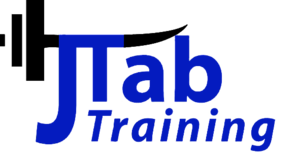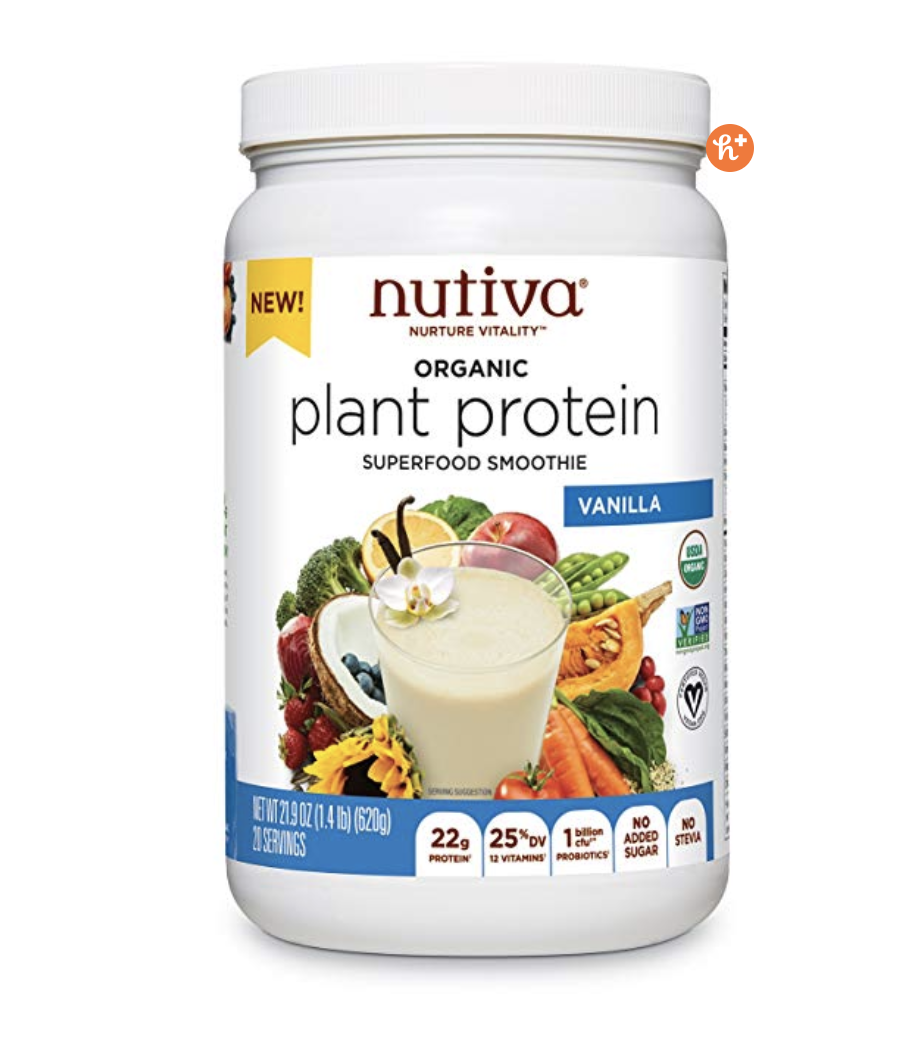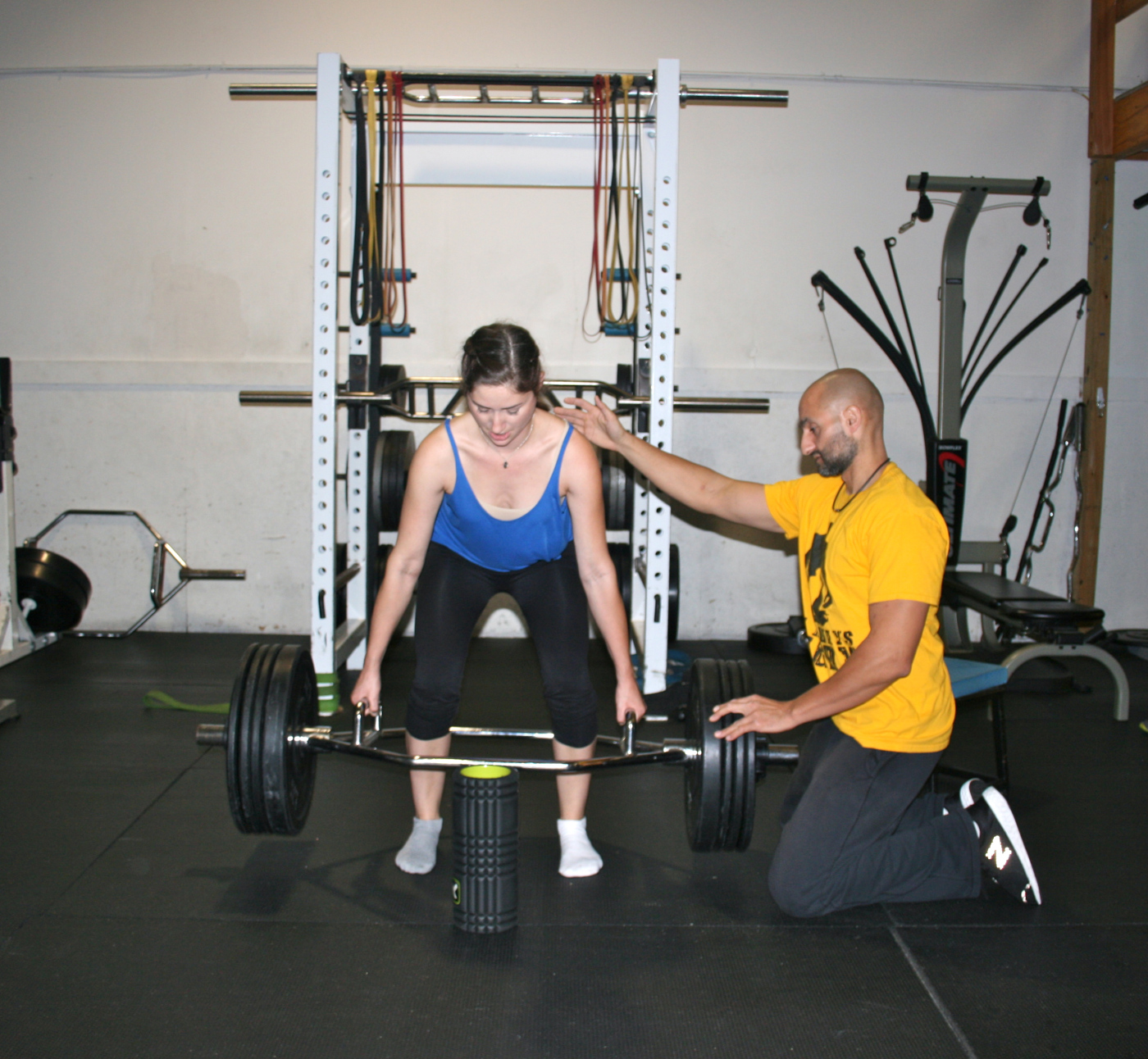Which one is more important?
Age old question asked and answered by many different fitness and nutrition professionals. So, I figured I would take a crack at it. There are a few different people:
Some tend to want to “just” go go go and not focus on diet or use food as a reward for all the hard work they’ve put in. Sometimes they feel that working out gives them a license to eat whatever they want. However, chances are you won’t find them on the cover of a fitness magazine anytime soon. As the great Strength Coach Mike Boyle says “You can’t out train a bad diet”.
Some “diet” yet don’t want to “sweat” or lift any weights or only see exercise needed for athletes. These people will probably lose muscle mass (and trust me you want to keep and make as much of it as you humanely can!) by not taxing the muscles to at least stay strong and big. As we all know, “Muscle burns more than fat!”
Coach Joey has a pecking order for overall health. It is as follows:
1) Strength Train 2-4 times a week. This will tell your body that you “need” the muscle you already have and encourage some new muscle hypertrophy (growth) to be able to keep moving the way you want and stay active for years to come
2) Keep your protein high for 2 main reasons…. Higher protein will help you keep muscle and aid muscle hypertrophy. It also serves as a satiety trigger which is super important because if you don’t feel full or satisfied you WILL overeat and probably gain lots of fat. Having trouble getting in the right amount of protein? Consider an Amino drink or chewable pills. It provides you with all the amino acids. You can find my favorite, and the best cleanest ones are here: Amino Pills + Amino Powder
3) Get your phytos in! Vitamins and Minerals from food first then supplement when needed. Fruits, veggies make up your phyto nutrients. For now don’t worry about how much (although 5 servings of fruit at a time might be a little too much for most). Veggies as much as possible as long as each vegetable isn’t covered in cheese sauce (toppings add lots of unnecessary calories). This will help ensure your body functions properly and overall health is optimized. Not getting all your phytos in? Consider an organic greens powder to drink to fill in gaps.
4) Make sure you move each and every day (and no getting in and out of the car doesn’t count as movement haha). Should be Yoga, walking, light stretching, basketball game or similar, cardio strength circuit, etc) This will not only burn a few extra calories but will also keep you mobile and encourage your body to keep joints mobile and strong.
5) Calories NEED to match your activity level and your level of fitness. It also has to match your body composition currently. Example a super muscular person probably needs more calories than the person with the same height and weight that thinks playing video games is a strenuous form of activity.
To answer the question, like most things in life is a good balance of exercise and “diet”. Just don’t be all one sided if you want a balanced healthy body.










